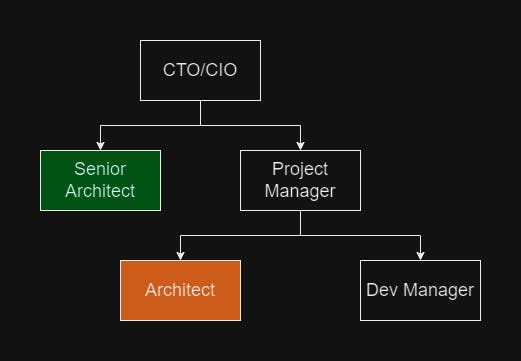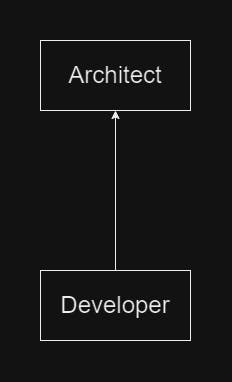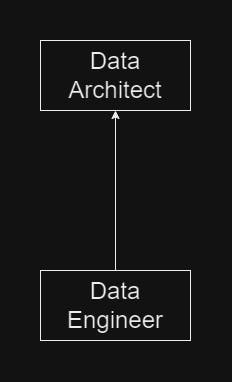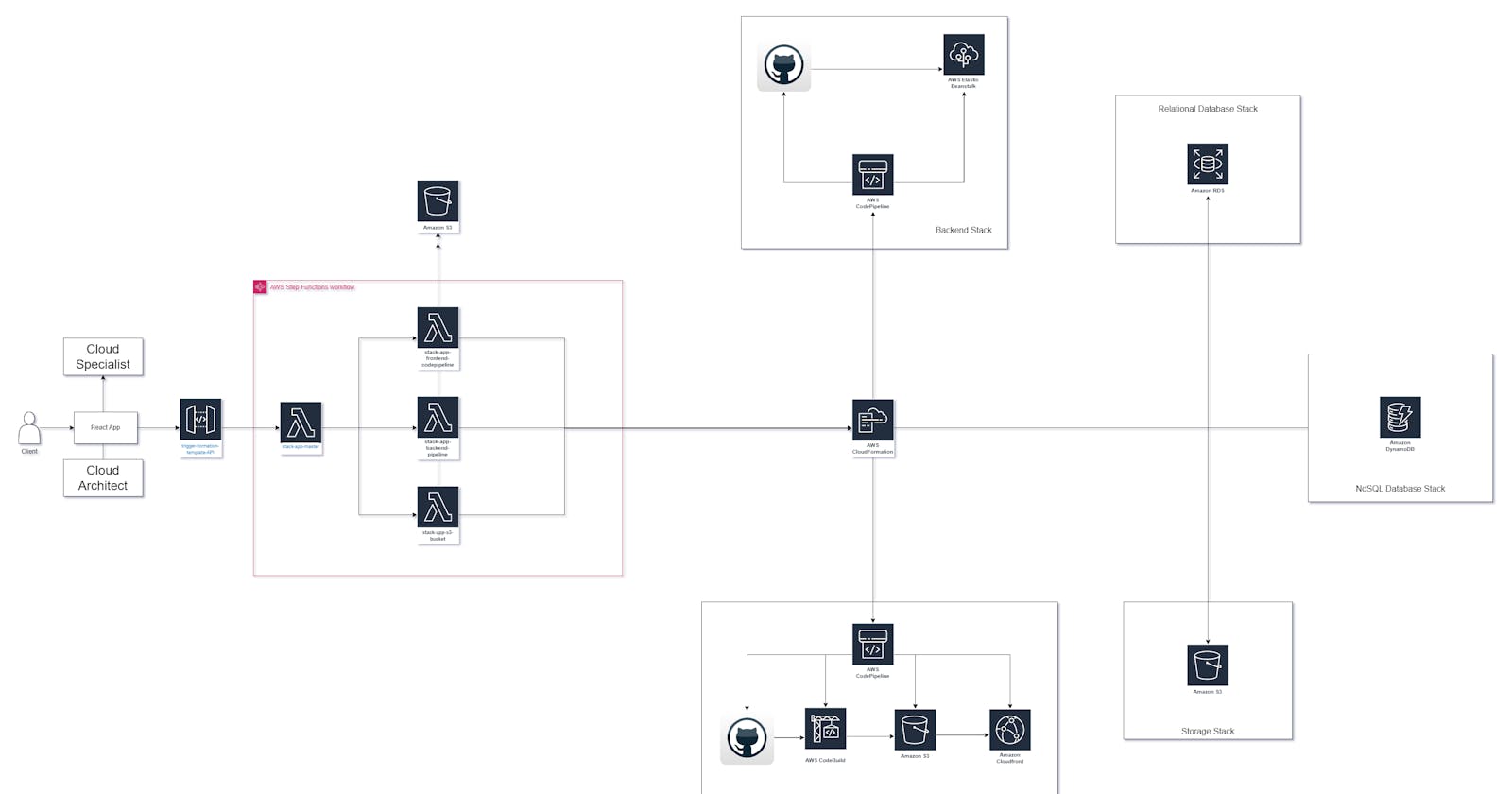Architects of the Digital Age: Who They Are, What They Do and How can you Become one
Types of Architects
Enterprise Architect
Enterprise architects help the organization to align its IT strategy with its business goals. They also ensure that all different parts of the organization's technological infrastructures work together cohesively.
Real-world examples of their work: Creating a blueprint that shows how different IT systems within a company integrate, to streamline operations for a global expansion.
Infrastructure Architect
The infrastructure Architect role emphasizes the setup, configuration, and maintenance of the physical and/or cloud-based servers that host applications. Their responsibilities include network design, storage, disaster recovery solutions, and the overall health and performance of infrastructure components.
Real-world examples of their work: Planning a hybrid cloud infrastructure where some servers are hosted on-premises and some on cloud providers like AWS or Azure.
Software Architect
Primarily concerned with the high-level design of software applications. They decide on the best strategies for designing software to meet business needs and ensure it's scalable, maintainable, and meets performance requirements.
Real-world examples of their work: Designing the architecture for a scalable e-commerce platform that can handle millions of products and users.
Solution Architect
A blend of the above roles, they work closely with stakeholders to design end-to-end solutions to specific problems. They often bridge the gap between specific business problems and the technologies that can solve them.
Real-world examples of their work: Designing an IoT solution where sensors from machinery in factories send data to a centralized system for real-time analysis.
Data Architect
Specializes in designing and constructing data frameworks, from traditional relational databases to newer NoSQL solutions and big data systems. They handle data governance, design data models, and ensure that the data solutions are optimized for the specific needs of an organization.
Real-world examples of their work: Designing a data warehouse that consolidates data from various sources within a large enterprise for analytics purposes.
Security Architect
Focuses on designing security infrastructures to ensure that applications and data are protected from threats. This includes encryption methods, firewall and intrusion detection systems, authentication mechanisms, and more.
Real-world examples of their work: Implementing a multi-factor authentication system and intrusion detection system for an online banking portal.
Cloud Architect
Specializes in cloud-based solutions. They decide on the best cloud service model (IaaS, PaaS, SaaS) for a given scenario and help businesses migrate to or build on the cloud. They also deal with scalability and resilience within cloud environments.
Real-world examples of their work: Migrating an organization's legacy systems to a containerized setup on the Google Cloud Platform.
System Architect
This is a more general role, often seen in systems engineering. They're responsible for designing and managing complex systems and ensuring different pieces of a system work together.
Real-world examples of their work: Designing the architecture for an autonomous driving system that integrates sensors, AI algorithms, and real-time data processing.
Network Architect
Focuses specifically on the design and implementation of computer networks, including local area networks (LANs), wide area networks (WANs), internet connectivity, intranets, and other data communication systems.
Real-world examples of their work: Setting up a resilient and fault-tolerant network for a new data center with redundant connections and failover capabilities.
Application Architect
Unlike a software architect who looks at a system's overall architecture, an application architect focuses on the architecture of individual applications. They often choose frameworks, set standards, and ensure that application design follows best practices.
Real-world examples of their work: Choosing a microservices architecture for a new social media app to ensure scalability and ease of updates.
Hierarchy of Architect Roles in an Organization
The chart provides a visual representation of how these roles are typically structured within an organization, highlighting the scope of responsibilities.

Junior roles do the direct work, while senior roles make the big plans. This setup means new ideas always come in but are checked by experienced people for the best results.
Career Path to Architect
Developer Path
Developer -> Software Architect: Architects from this path often excel in creating scalable and maintainable software solutions, having spent a significant portion of their careers immersed in coding and design.

Team Leadership Path
Developer -> Team Lead -> Software Architect: Starts with coding, learns to lead a team, then designs software. Good at working with people.

Specialized Path
Network Engineer -> Network Architect: Specializing in the design and implementation of communication networks, these professionals ensure seamless connectivity and scalability, vital in our interconnected digital world.

Security Specialist -> Security Architect: In an age of cyber threats, these architects focus on fortifying systems. Their journey emphasizes risk assessment, defense mechanisms, and proactive security strategies.

Data Engineer -> Data Architect: This pathway revolves around managing and structuring vast amounts of data efficiently. Such architects can design systems that provide meaningful insights while ensuring data integrity.

Cloud Specialist -> Cloud Architect: With the shift towards cloud computing, these architects ensure optimal deployment, scalability, and management of cloud resources, having seen the evolution of cloud platforms firsthand.

Broad Enterprise Path
IT Specialist -> Solution Architect -> Enterprise Architect: Starting with IT specifics, moving to holistic solutions for business needs, and eventually aligning IT strategies with overarching business goals. Architects from this path often serve as bridges between tech teams and executive boards.
Infrastructure Path
System Administrator -> Infrastructure Architect: This path focuses on the underpinnings of IT—both hardware and software. Architects here design robust, flexible infrastructures that support the multifaceted needs of modern organizations.
Tech's Terrific Twist!
In the universe of software architecture, each day brings a fresh set of blueprints and novel challenges. Embrace the rollercoaster, keep prototyping, and most importantly, enjoy every step of the design!
Cheers to many more architecting escapades! Until our digital paths cross again, happy designing!
In the meantime, why not check out my GitHub? I go by zainuleb there and I keep it updated with all sorts of cool projects. And hey, while you're surfing the interwebs, feel free to connect with me on LinkedIn too. Let's talk tech, dreams, or the latest games.
For a sprinkle of my daily life with a dash of tech, catch me on Instagram @zainuleb. It's not all code and designs, I promise.
Until our next virtual rendezvous, keep innovating, remain inquisitive, and always remember, in a digital age with limitless possibilities, choose kindness.
-Zain
